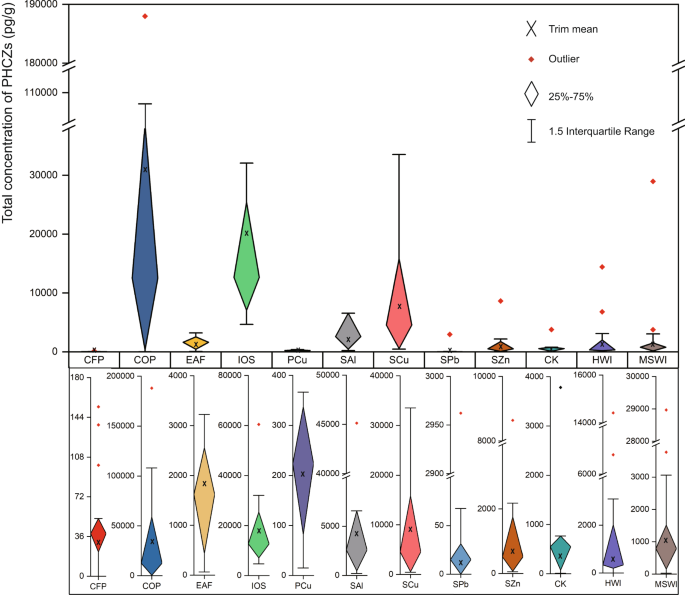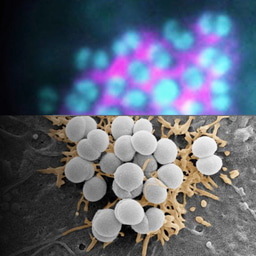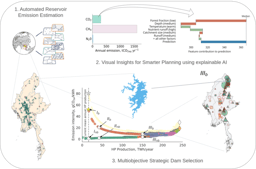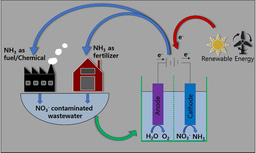Ongoing industrial activities unintentionally release polyhalogenated carbazoles
Published in Earth & Environment, Sustainability, and Business & Management

The publication of Silent Spring declared people’s awakening of environmental issues, especially organic chemical substances. Persistent organic pollutants (POPs), a kind of special organic chemical substances, remain intact for exceptionally long periods of time, become widely distributed throughout the environment, accumulate in the living organisms and be toxic to humans and wildlife. They have aroused extensive attention around the world because of their adverse effect on human health and the environment. In 2004, the Stockholm Convention on Persistent Organic Pollutants proposed by the United Nations Environment Programme mandated banning or phasing out an initial set of 12 POPs, well known as “Dirty Dozen”. Experiencing several additions, the regulated list is currently expanded to 33 POPs.
However, with development of chemical analysis and deepening understanding of environmental pollution, other organic chemical substances showing similar properties as POPs stop staying untouched. Emerging pollutants have been widely found in the environment, which are also recognized as a potential threat to human health and to ecosystems. Polyhalogenated carbazoles (PHCZs), as an emerging pollutant, have been recognized as widely distributed in the global environment. The mapping of results showed that PHCZs have been a global environmental pollution issue. They were found in various environmental media, including sediments, soil, drinking water, air, and biota. Their environmental accumulation in some regions is equal to those of POPs regulated by the Stockholm Convention. But unlike regulated POPs with detailed and systematic source inventory, such as dioxins, limited understanding about sources of PHCZs existed for policy-making and pollution control.
To make up for current insufficiency in PHCZ source identification, we conducted field investigation of industrial PHCZ emission in 13 categories. 122 factories were investigated for sample collection. PHCZs in industrial matrices are analyzed, comprising a basic data set for preliminary assessment of their annual global emissions from thermal sources. Our results prove the existence of these substances in industrial particulate emissions and bottom liquid residue in these investigated industries, indicating the human industrial activity could play a role in environmental accumulation of PHCZs, which has been long neglected. The correlation between PHCZs in industrial emission and in the environment also support industrial contribution for PHCZ environmental pollution. As shown by our preliminary assessment, considerable PHCZs could be emitted by the investigated industries. These industrial sources might have released a considerable higher amount of PHCZs into the environment in historical industrial activities than now, considering that POP reduction technology had not been intensively adopted in the past decades of years.
This research is impactful for the exploration of anthropogenic PHCZ sources. Accordingly, measurements of PHCZs emitted through other industrial processes and a further clarification of natural generation mechanism could be important research orientations. Moreover, environmental impact of unintentionally releases from historically industrial production activities without best available techniques/best environmental practices is deserving of further attentions. Overall, a systematic understanding of PHCZ sources enables a science-based formulation of a PHCZ control strategy and are expected to better serve possibly needed policy-making process in the future.
Follow the Topic
-
Nature Communications

An open access, multidisciplinary journal dedicated to publishing high-quality research in all areas of the biological, health, physical, chemical and Earth sciences.
Related Collections
With Collections, you can get published faster and increase your visibility.
Women's Health
Publishing Model: Hybrid
Deadline: Ongoing
Advances in neurodegenerative diseases
Publishing Model: Hybrid
Deadline: Dec 24, 2025






Please sign in or register for FREE
If you are a registered user on Research Communities by Springer Nature, please sign in